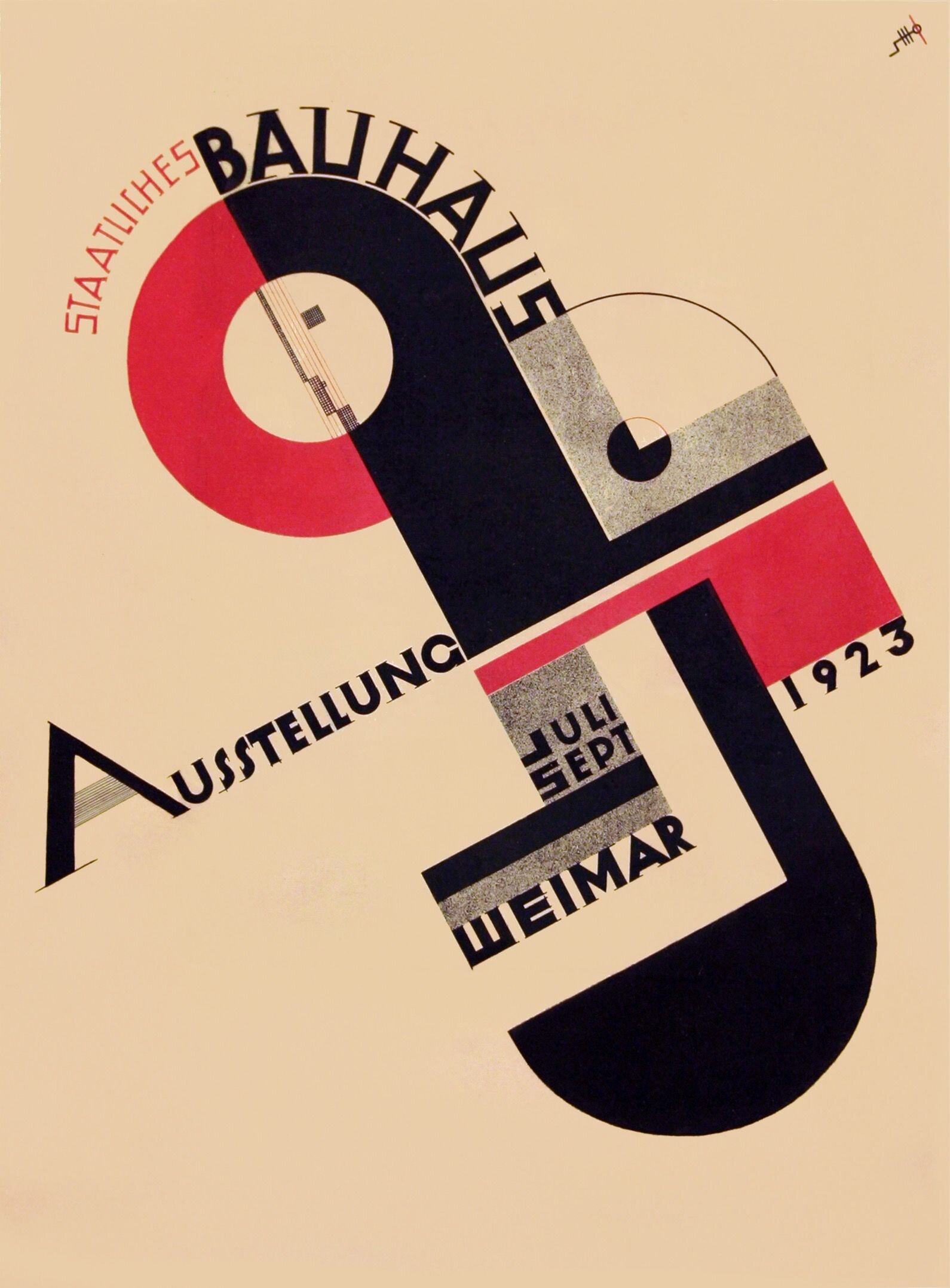Noah Davis: Breaking the Spell
1975 by Noah Davis.Oil on canvas.
Image: Kerry McFate/Courtesy The Estate of Noah Davis and David Zwirner
I recently enjoyed an excellent retrospective of the art of Noah Davis. (The Barbican Art Gallery, London until 11 May.)
‘Do I have to make it new and about hip hop and all this shit to get people interested? Or maybe there is something else?’
Noah Davis
Davis was an energetic, truly creative thinker, committed to making art accessible to all. In his work he sought to represent the normality of African American community life. His paintings of anonymous figures at rest and play, touched by the mysterious and uncanny, have a timeless, dreamlike, haunted quality. He seems to be asking us to imagine a better world.
‘I wanted Black people to be normal. That was my whole thing. We are normal, right?’
Noah Davis, The artist is incomplete … Untitled, 2015.
Photograph: Kerry McFate/(c) The Estate of Noah Davis Courtesy The Estate of Noah Davis and David Zwirner
Davis was born in Seattle in 1983, the youngest son of a lawyer and an educator.
Having taken to painting as a teenager, his parents rented him his own studio to stop him ruining the carpets at home. He curated his first exhibition in a shopping mall.
‘I’d rather fail at painting than be successful in anything else.’
Davis studied film and conceptual art at Cooper Union, New York, leaving without graduating, so as to pursue his own education in LA. He clearly had a restless, curious mind. Employed at a specialist bookshop, he immersed himself in diverse works from art history. He bought vintage photos of Black life from flea-markets, and set up blogs in the early days of the internet.
‘I’m fascinated with the instances where Black aesthetics and modernist aesthetics collide.’
Carefree children cavort in the azure open-air swimming pool, watched by a lifeguard in a red singlet. A group of young men relax by the lake. And two girls lie asleep on the cream sofa. There’s a businessman in a green jacket with a trilby hat, walking with a briefcase along the sidewalk. A teenager levitates on the front lawn, and a young lad rides a white unicorn. Karon stands in the yard in a gold leotard, with large yellow fan-wings at her sides - a contemporary Isis.
‘I want it to be magical. I don’t want it to be stuck in reality.’
Davis was inspired by Egyptian mythology, daytime TV, historical art, modernist architecture, and photos that his mother took of Chicago in the 1970s. He was quick to paint and slow to contemplate. He rapidly applied rabbit skin glue beneath washes of diluted oil paint to give his images a vibrant sheen. And then he sat in front of his work for hours.
‘Priorities: walker, painter, Black person, flaneur, all around wild and crazy guy, nice guy.’
The Pueblo del Rio housing project in LA, designed in part by African American architect Paul Revere Williams, was constructed in 1941 as a ‘garden city’ for Black defence workers. It subsequently became impoverished and run down. Davis reimagined how the neighbourhood could look. Ballet dancers practice their arabesques in a courtyard, musicians play by the roadside, and a man sits in sunshine with outstretched legs, engrossed in his newspaper. Images emerge from, and dissolve into, abstract streetscenes and landscapes. These are intimate everyday events, tinged with melancholy and mysticism.
‘I wanted to make anonymous moments permanent.’
Noah Davis - Isis, 2009,
Image: Courtesy ©The Estate of Noah Davis, David Zwirner, Mellon Foundation Art Collective
In 2012 Davis and his wife, fellow-artist Karon Davis, co-founded the Underground Museum on a site behind four storefronts in the historically Black neighbourhood of Arlington Heights. Their vision was to create an artspace that was free and open to all.
‘Mission Statement: To exhibit world-class art to a community that does not have access to such resources.’
Davis asked established museums to lend pieces to the new gallery, but none was forthcoming. And so he created his own versions of works by the likes of Marcel Duchamp, Don Flavin and Jeff Koons, titling the show ‘Imitation of Wealth.’ Within a few years the Museum of Contemporary Art, LA had agreed to loan art from its permanent collection.
Noah Davis - Pueblo del Rio, Arabesque, 2014
Copyright: The Estate of Noah Davis, Courtesy THe Estate of Noah Davis and David Zwirner
Davis teaches us to pursue our own path with gusto; to persevere and find lateral solutions. He suggests that we should integrate the real and imaginary, the ordinary and fantastical; that we should ‘break the spell’ of convention and past practice.
‘These elements of fantasy may arise from my need to ‘break the spell,’ or the constraints of art theory, and move more into the realms of mysticism.’
In 2013 Davis was diagnosed with liposarcoma, a rare form of cancer. He carried on working from hospital beds and kitchen tables, right up until the end. He died at his home in Ojai, California in 2015. He was 32.
'When life seems full of clouds and rain
And I am full of nothin' and pain,
Who soothes my thumping, bumping brain?
Nobody.
When winter comes with snow and sleet
And me with hunger and cold feet,
Who says, "Here's twenty-five cents, go ahead and get somethin’ to eat?”
Nobody.’
Bert Williams, ‘Nobody’ (B Williams, A Rogers)
No. 510



















